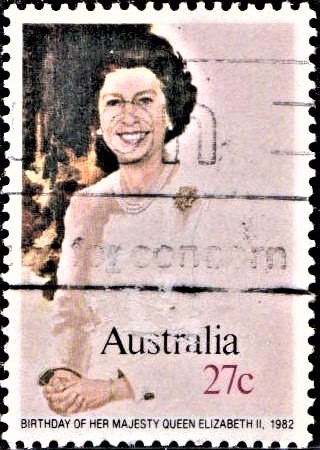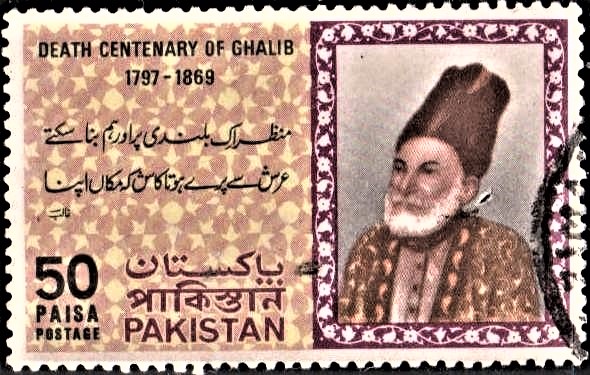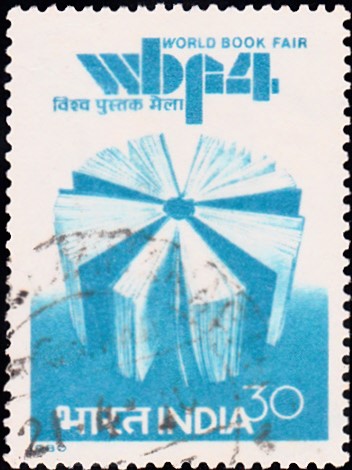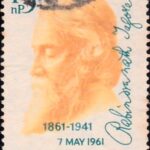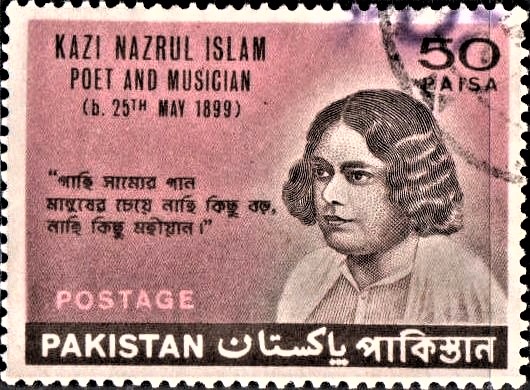
Jane Austen
Complete Set of 6 nos of commemorative postage stamps on the Bicentenary of the Publication of ‘Pride and Prejudice‘, written by Jane Austen :
![1. Jane Austen - Sense and Sensibility [England Stamp 2013]](https://istampgallery.com/wp-content/uploads/2016/07/1.-Jane-Austen-Sense-and-Sensibility-England-Stamp-2013.jpg)
![2. Jane Austen - Pride and Prejudice [England Stamp 2013]](https://istampgallery.com/wp-content/uploads/2016/07/2.-Jane-Austen-Pride-and-Prejudice-England-Stamp-2013.jpg)
![3. Jane Austen - Mansfield Park [England Stamp 2013]](https://istampgallery.com/wp-content/uploads/2016/07/3.-Jane-Austen-Mansfield-Park-England-Stamp-2013.jpg)
![4. Jane Austen - Emma [England Stamp 2013]](https://istampgallery.com/wp-content/uploads/2016/07/4.-Jane-Austen-Emma-England-Stamp-2013.jpg)
![5. Jane Austen - Northanger Abbey [England Stamp 2013]](https://istampgallery.com/wp-content/uploads/2016/07/5.-Jane-Austen-Northanger-Abbey-England-Stamp-2013.jpg)
![6. Jane Austen - Persuasion [England Stamp 2013]](https://istampgallery.com/wp-content/uploads/2016/07/6.-Jane-Austen-Persuasion-England-Stamp-2013.jpg)
Issued by Great Britain
Issued on Feb 21, 2013
Issued for : The year 2013 marks the 200th anniversary of the publication of Jane Austen’s masterpiece Pride and Prejudice. To help celebrate this bicentenary, renowned writer PD James, who has written a sequel to this influential work, share her thoughts on the book that inspired generations and takes a look at the genius behind the novels.
Designed by : Webb & Webb Design Limited
Acknowledgements : illustrations by Angela Barrett
Type : Stamps, Mint Condition
Watermark : No
Colour : Multi Colour
Denomination : 1st, 1st, 77 & 77 Pence and 1.28 & 1.28 Pound
Stamp Size : 2.70 x 3.70 cms.
Format : Portrait
Stamp Size : 3.55 x 2.54 cms.
Perforations : 14 x 14
Paper : Phosphor all over
Gum : PVA
Number per Sheet : 25/50
Printing Process : Lithography
Printer : Cartor Security Printing, Meaucé, France
Name : Jane Austen
Born on Dec 16, 1775 at Steventon Rectory, Hampshire, England
Died on Jul 18, 1817 at Winchester, Hampshire, England
About :
- Jane Austen must be the only major novelist in the canon of English literature whose limited output – six novels – has the same basic plot: an attractive, virtuous young woman with a capacity for love wins through difficulties to gain the man of her choice. All her heroines come from the same conventional background except for Fanny Price, taken from the squalor and poverty of her family home in Portsmouth to be brought up with her aunt and uncle at Mansfield Park. The young women are, however, very different in character and circumstance: Emma, a clever, wealthy and spoilt younger daughter living with her elderly father; Anne Elliot, the least-regarded daughter of a silly and extravagant baronet who has lost her chance of happiness because she was persuaded to refuse the man she loved; the Dashwood sisters, Elinor believing her love is hopeless and Marianne becoming dangerously infatuated, only to be abjectly rejected; the naïve Catherine Morland, daughter of a clergyman and his wife who somewhat improbably finds her husband on a visit to Northanger Abbey; and the best-loved, Elizabeth Bennet, who eventually wins the heart of the most eligible of Jane Austen’s heroes.
- In all the novels, the characters live in a basically rural community. In a letter of advice to her niece Anna, who was filling in time before she could be married by writing a novel, her aunt wrote: “You are now collecting your People delightfully, getting them exactly into such a spot as is the delight of my life; – 3 or 4 Families in a Country Village is the very thing to work on.” At the time she was writing Emma and following her own advice.
- Jane Austen’s writing was never a hobby; it was her whole life. It should be remembered that the words above were written in response to the suggestion from the Prince Regent’s librarian that Austen should write a novel celebrating the Coburg Dynasty: she always knew the boundaries of her genius. Her own verdict on her achievement – “the little bit (two Inches wide) of Ivory on which I work with so fine a Brush, as produces little effect after much labour” – is now famous.
- Austen was a child of her time, and she did not openly rebel against it. As the seventh child of eight, unmarried and without a penny of her own until her books began to become profitable, she was powerless to make even a journey home from a family visit until it was convenient for a brother to escort her, and she had no say in family decisions. The point of her moral compass never wavered. She practised the religion taught by her clergyman father but without ostentation or public piety. She valued self-control, discretion and good manners, and she respected the social conventions which, particularly in rural areas where families looked to their neighbours for intellectual stimulation, entertainment and hospitality, promoted harmony and tolerance.
- In Northanger Abbey Austen provides her own definition of a novel, and it can stand for her whole work: “ ‘And what are you reading, Miss – ?’ ‘Oh! it is only a novel!’ replies the young lady; while she lays down her book with affected indifference, or momentary shame…. in short, only some work in which the greatest powers of the mind are displayed, in which the most thorough knowledge of human nature, the happiest delineation of its varieties, the liveliest effusions of wit and humour are conveyed to the world in the best chosen language.” The piece of ivory may have been small, but it was large enough to carry down the centuries the weight of the human heart.
- In 1797, Jane Austen’s father offered to send the manuscript of Pride and Prejudice to a London publisher, but his offer was refused by return of post. Austen later revised her manuscript, and it was eventually published in 1813, when she was at the height of her powers. It is the most popular of her six great completed novels and one which numerous television, screen and theatrical versions have made familiar to millions who may not have read the book. The brilliant opening words, among the best-known in English literature, both establish the individual style of the narrative and encapsulate the plot: “It is a truth universally acknowledged, that a single man in possession of a good fortune, must be in want of a wife.”
- As the novel opens, it is certainly acknowledged in the village of Longbourn that Mrs Bennet is in need of husbands for her two eldest daughters, and when the rich and agreeable Mr Bingley takes over the tenancy of Netherfield Park she is anxious for the formal introduction which will ensure that the beauty of Jane, her eldest, is brought to his notice. We readers become as anxious as is Mrs Bennet that Jane and Elizabeth, second in seniority and beauty, should be well and happily married, particularly as the Bennet’s estate is entailed on a cousin, Mr Collins, who on Mr Bennet’s death would take possession of the estate, reducing the widow and her unmarried daughters to genteel poverty. Jane Austen herself wrote of Elizabeth, “I must confess that I think her as delightful a creature as ever appeared in print, & how I shall be able to tolerate those who do not like her at least, I do not know.” Elizabeth – energetic, vivacious, clever and witty – is one of the most attractive heroines in English literature. The chapter in which Mr Collins, conceited, obsequious and physically unattractive, proposes to her and is firmly rejected is high among the novel’s delights.
- Mr Bingley brings with him to Hertfordshire his even richer friend, Mr Fitzwilliam Darcy, possessor of the magnificent Pemberley estate. But all does not go according to Mrs Bennet’s plan. Mr Bingley does indeed immediately fall in love with Jane, but his two snobbish sisters lose no time in ensuring that they shall be separated before real damage is done, while Mr Darcy, although obviously intrigued by Elizabeth, antagonises her, first when she overhears his comment that she is not attractive enough to tempt him as a dance partner, and later when the disturbingly charming George Wickham, son of the late Mr Darcy’s steward, recounts to Elizabeth how Mr Darcy has wantonly deprived him of the livelihood provided for him by the elder Mr Darcy, thus reducing him to penury. Elizabeth’s pity for Wickham and contempt for Darcy are aroused by this saga of deceit, and the pride of one and prejudice of the other ensure that their relationship is one of cold civility.
- Of the Austen novels, Pride and Prejudice is the happiest; the style is lucid, elegant and beautifully balanced, spiced with epigrams, humour and sardonic wit, and the story flows as easily as a sunlit stream. Jane Austen, in a letter to her sister Cassandra, wrote, “The work is rather too light & bright & sparkling; – it wants shade; – it wants to be stretched out here & there with a long Chapter – of sense if it could be had, if not of solemn specious nonsense… anything that would form a contrast & bring the reader with increased delight to the playfulness & Epigrammatism of the general stile.” She wrote, of course, in jest; no specious nonsense is required to increase our delight in the novel.
- There are plenty of difficulties to be overcome before Elizabeth and Jane find the happiness they deserve. In Pride and Prejudice we have the conventions of popular romantic fiction transformed by a genius. In her sensitive exploration of human folly, desires and aspirations, Jane Austen provides for us a world which is as real as our own, and the millions who have fallen under its spell re-enter it in the confident expectation of finding new discoveries and revisiting remembered delights.
- Words : PD James.


